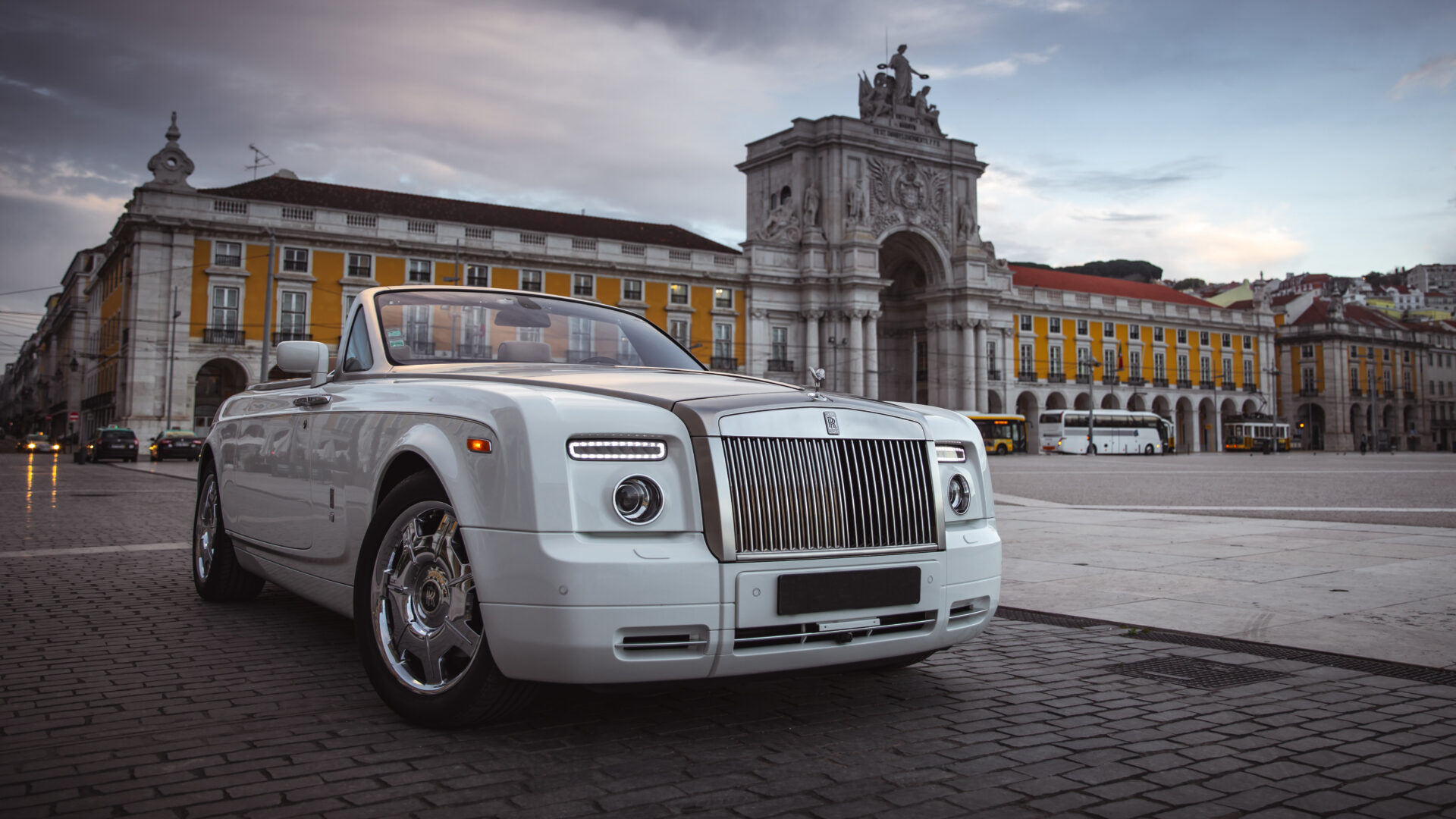
Founded on A Quest for Perfection
In 1904, Charles Stewart Rolls was a car sales entrepreneur with discerning clients, and Frederick Henry Royce was an electrical engineer who began building cars. Mr. Rolls had a feel for the quality that customers wanted, and the perfectionist Mr. Royce had a knack for engineering solutions to mitigate automotive difficulties of the day, including poor roads and subpar metallurgy.
The two men formed Rolls-Royce Limited in March 1906. At a time when owning any automobile was a luxury, the early Rolls-Royce cars set benchmarks for durability under the period’s challenging road conditions. Near-fanatical attention to machining internal engine parts, for example, ensured smooth, quiet, and reliable operation.
Seeing a Ghost
Rolls-Royce set an early standard for vehicle endurance, which truly was a luxury in the early 20th century. A special Rolls-Royce named the Silver Ghost, powered by a huge inline six-cylinder engine, set 15,000 miles of durability records throughout England and Scotland in 1906.
That feat launched the production Silver Ghost to a run of 7,800 cars over the next 18 years. Rolls built 1,700 of those in its Springfield, Massachusetts factory, which also built its successor model, the Phantom, until closing in 1931.
As automobile evolution steadily brought those attributes to mainstream models, Rolls-Royce turned its focus to offering bespoke luxury and premium style. Today, pre-war Rolls-Royce models are popular for classic motoring events. Premier Financial Services has leased many Rolls-Royces from the prewar era.
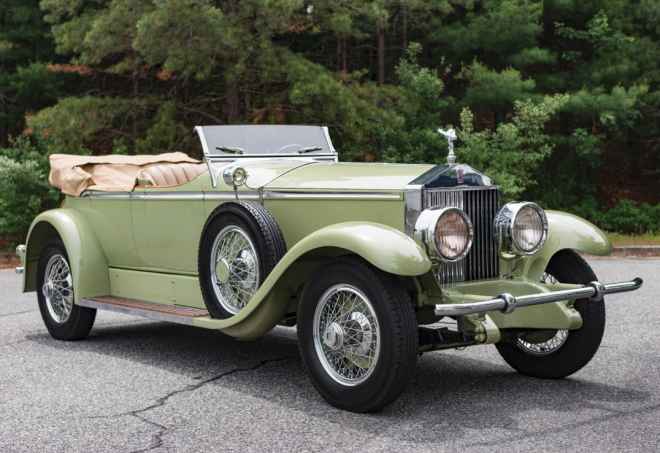
A James Bond Connection?
A look at the 2025 Rolls-Royce lineup strongly hints at the marque’s near-future with its first electric vehicle, the Spectre, which takes Rolls quietness to new heights (or lows, on the decibel scale).
You’d be correct to note that “SPECTRE” was the acronym for the group of global evildoers in the James Bond movie franchise. How Rolls kept that one from Aston Martin’s Bond marketing machine is a mystery. However, Bond aficionados will note that the movie that introduced the world to 007’s weaponized Aston Martin DB5 in 1964’s “Goldfinger,” had that movie’s villain, Auric Goldfinger, chauffeured in a 1937 Rolls Phantom III Sedanca de Ville.
In 2024, Rolls showed a special Phantom VIII tribute to the Goldfinger car built by its Bespoke Collective group for an unnamed client (and obvious Bond superfan). The car’s intricate details include intricate 18- and 24-carat gold inlays. Most impressively among the “Goldfinger” references are gold-inlay fictional maps of Fort Knox, the U.S. gold depository, set into the rear-seat picnic tables.
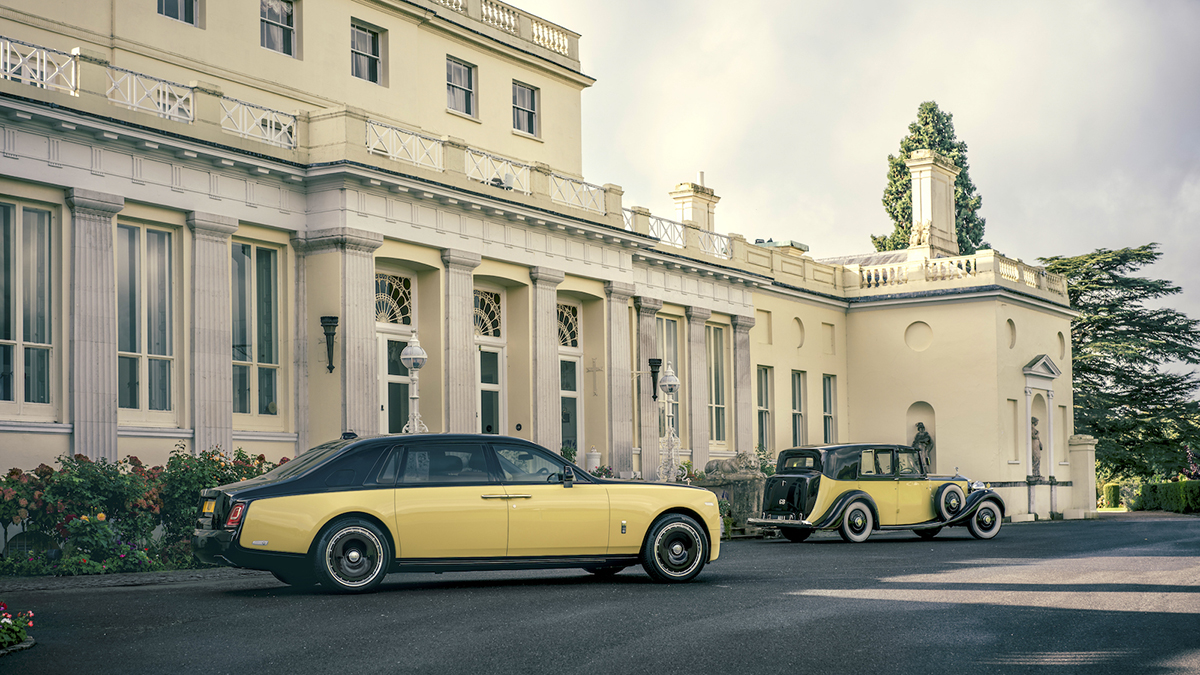
Rolls-Royce would be happy to grant your wish for a special car. Just bring a big check. Perhaps a Beatles superfan might request a Phantom VIII with a replica of the Romany caravan paint treatment John Lennon had applied to his 1965 Phantom VI.
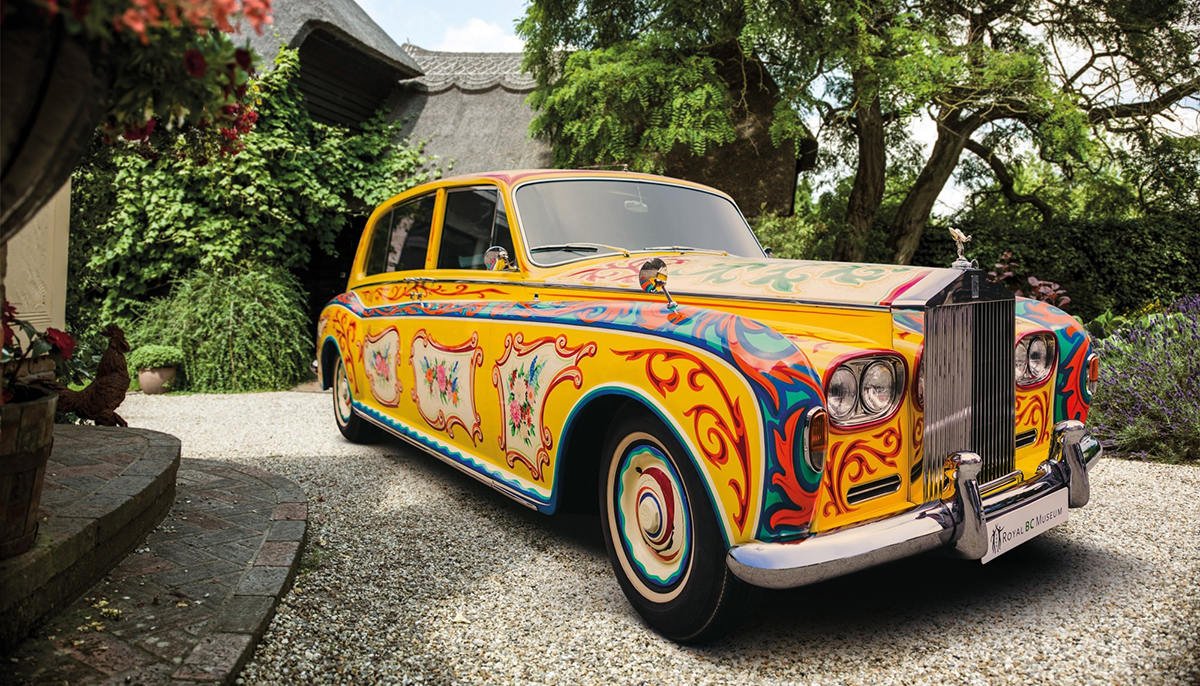
Current Rolls-Royce Models
Cullinan: Named for the largest diamond ever found, and which is part of the United Kingdom’s Crown Jewels, Cullinan is the first SUV from Rolls-Royce. In the company’s own words, the Cullinan is “an all-terrain, high-bodied car that makes the idea of authentic, luxury off-road travel a reality for the first time.” (Maybe nobody told Rolls-Royce about Range Rover?) Seriously, are you really going to take your Cullinan off-road? The estimated starting price for 2025 is $392,000.
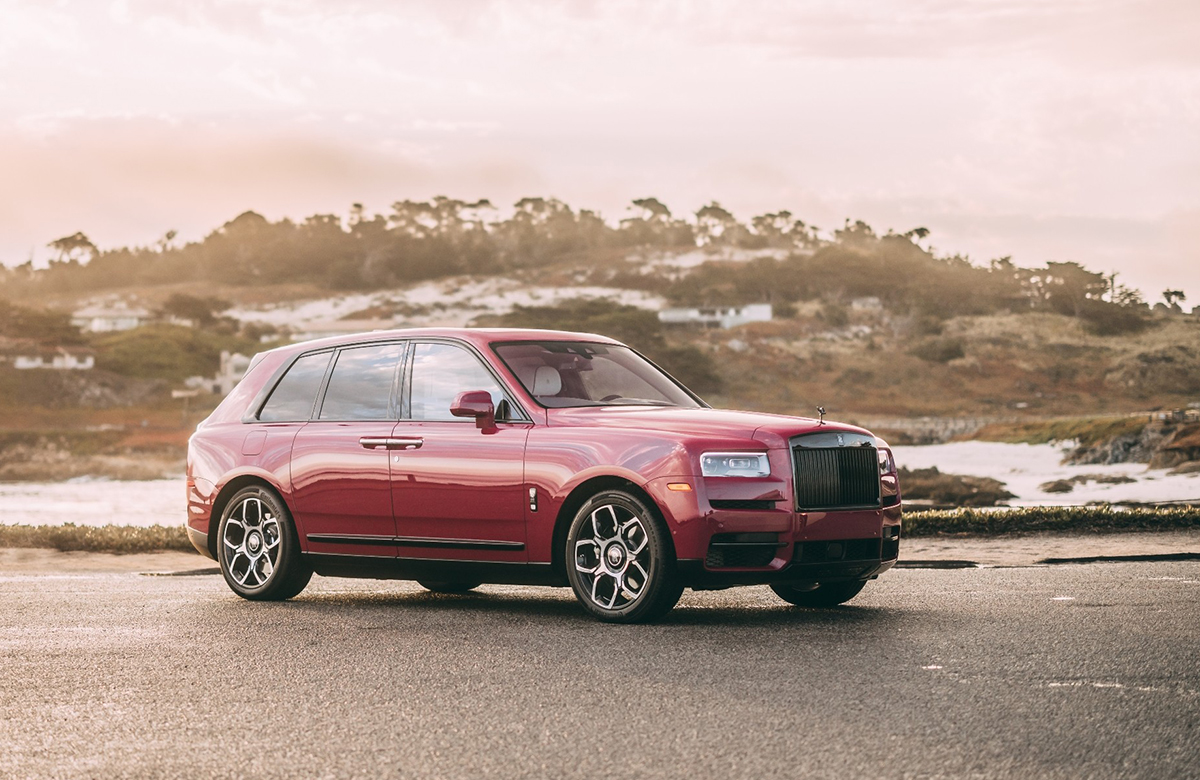
Ghost: The new-generation Ghost received a mild design refresh for 2025, along with updated interior tech. A highlight is the cabin-wide glass panel across the dash that combines the instrument panel displays, infotainment screen and functions, and even a digital art gallery. Like its Phantom big brother, the current Ghost is available in an extended wheelbase version. Ghost pricing starts at an estimated $370,000.
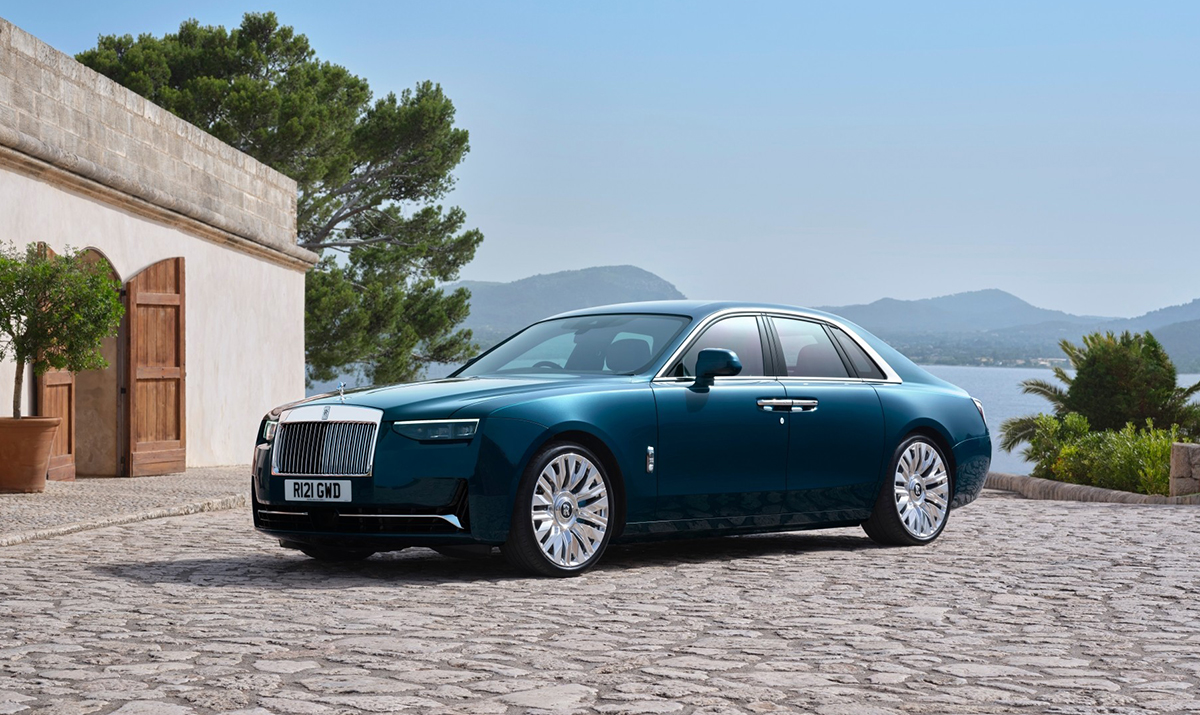
Spectre: Looking a bit like the discontinued Wraith coupe, the Spectre is the first Rolls-Royce EV. That should make it the quietest Rolls ever. The company estimated a range of 260 miles on a charge, which should be plenty for taking owners to their private clubs and jets. Said Car and Driver: “One thing you may never get used to in the Spectre is the silence.” Pricing begins at an estimated $425,000.
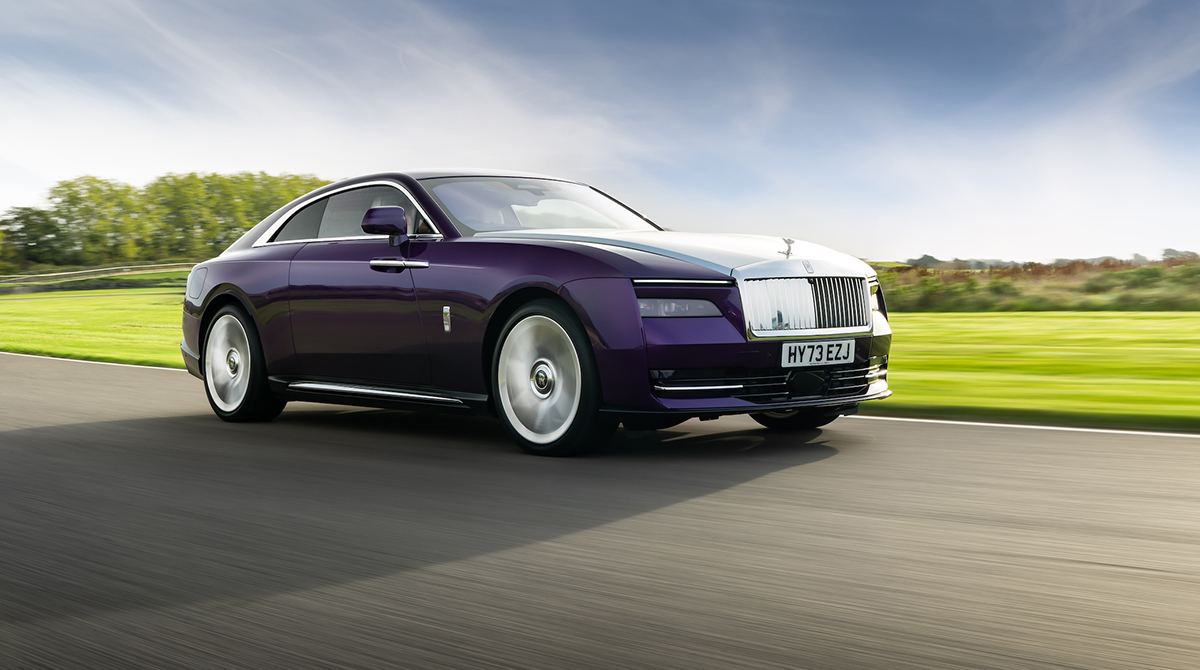
Phantom VIII: The Phantom remains the Rolls-Royce flagship, and it seems to be as big as a ship. Luxury and opulence are beyond compare, unless you’re comparing it to another Rolls. The Phantom VIII Extended Wheelbase version adds 8.7 inches to the already cavernous rear seat legroom. Pricing starts just north of $500,000 for the standard-wheelbase model.
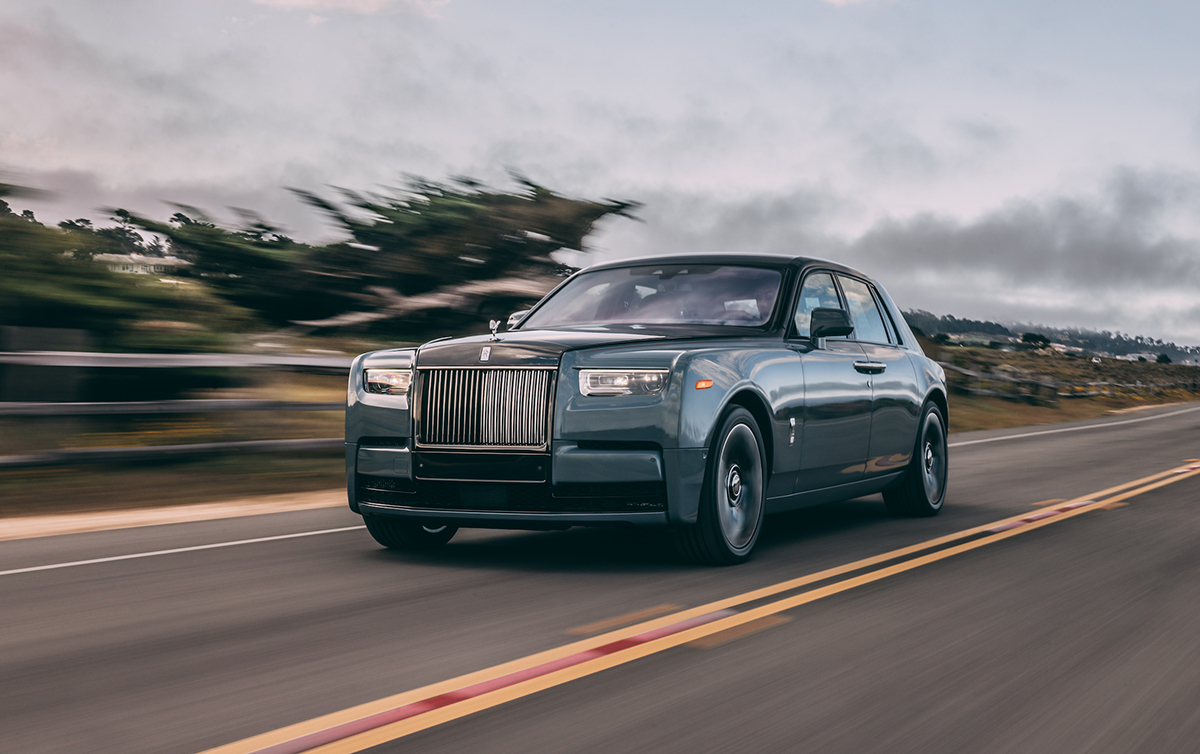
“Spirit of Ecstasy”
All Rolls-Royce models are large, heavy vehicles, and the automaker has never delved into building anything but such. The distinctive Rolls-Royce radiator grille design, which dates back more than a century. Atop the grille sits the “spirit of ecstasy” mascot, another Rolls hallmark. Before WWII, Rolls-Royce built only finished chassis. Customers then selected the body from the world’s best coachbuilders, among them Gurney Nutting, Hooper, and two that would eventually be acquired and then merged by Rolls-Royce, H.J. Mulliner and Park Ward.
Rolls-Royce in Battle and Beyond
Rolls-Royce played a major role in Great Britain’s defense in WWII with the design and manufacture of the huge V-12 Merlin and Griffon aero engines that powered, among others, Britain’s Lancaster bomber and Supermarine Spitfire fighter. But today, if you peer out the window of an airliner and see the Rolls-Royce brand mark on a jet engine, you’re looking at the product of a company that separated from its automotive cousin long ago.
After WWII Rolls-Royce for the first time began building complete cars while still making chassis available to coachbuilders. The ultimate postwar bespoke Rolls was the Phantom IV, with only 18 made for heads of state and despots. The Silver Wraith and Silver Dawn production models carried over pre-war engineering and design. Those of a certain age may remember the Silver Wraith’s role in the 1981 hit movie “Arthur” with Liza Minelli and Dudley Moore.
Despite the automaker’s luxury airs, Rolls was slow to adopt such amenities as air conditioning, power windows, and power steering. It’s first use of an automatic transmission came in the 1953 Silver Dawn. This was the General Motors Hydra-Matic unit built by Rolls under license.
Rolls Gets Married
Rolls-Royce had acquired Bentley in 1931, and by the late 1940s Bentleys were offshoots of Rolls models. Availability of coachbuilt cars maintained marque exclusivity. The Silver Cloud introduced in 1956, even being a relatively higher-volume car for Rolls, was still quite exclusive in a world of mass-produced Cadillacs.
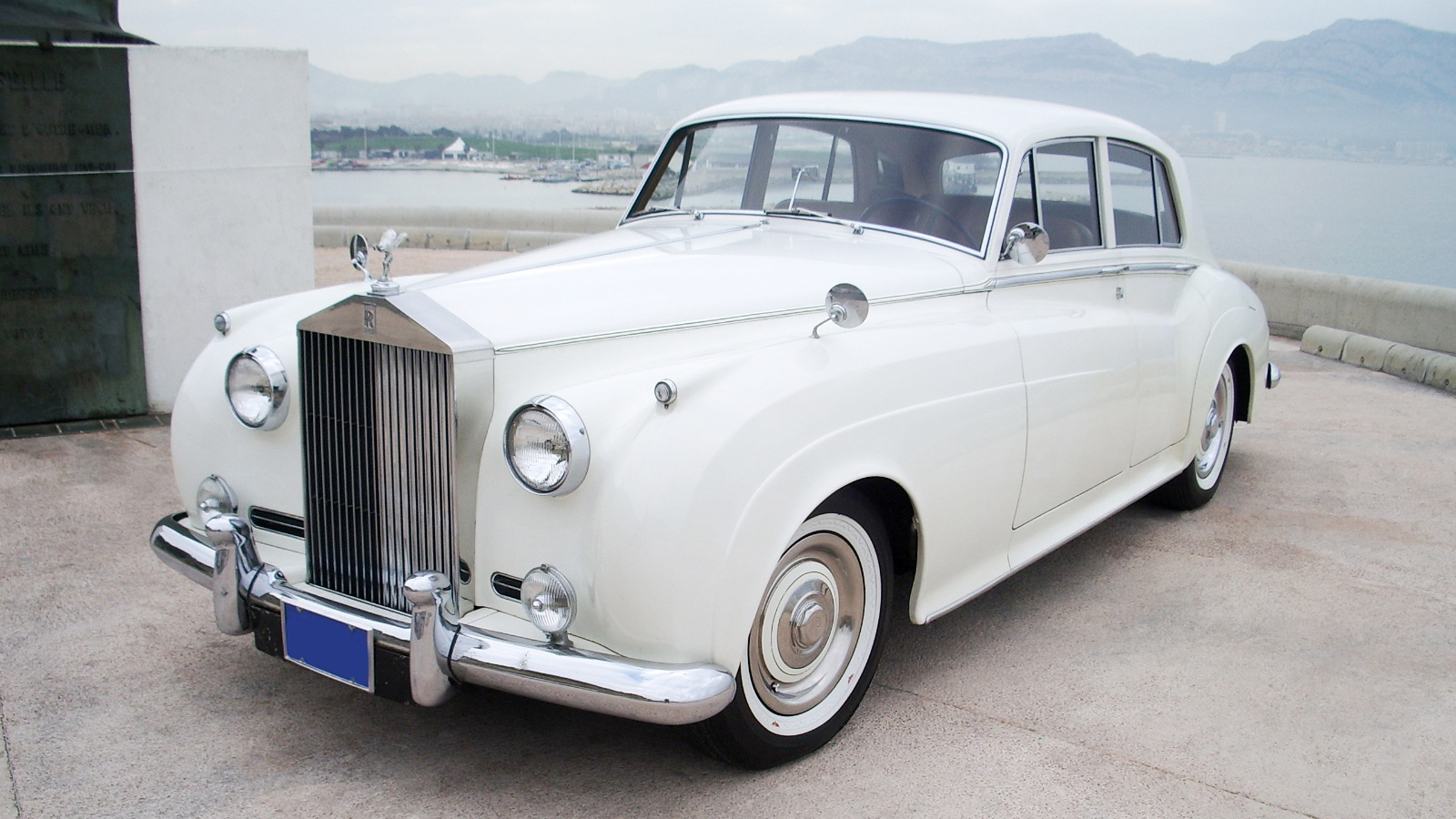
The Silver Cloud seemed outdated even when new, and then especially compared to the groundbreaking 1964 Mercedes-Benz 600. Rolls rectified that situation with the 1965 Silver Shadow. It was the first Rolls with unibody construction and independent rear suspension. Rolls licensed hydraulic ride-leveling suspension from France’s Citroën and began purchasing the modern Turbo-Hydramatic 400 transmission from General Motors.
The Silver Shadow became the marque’s most prolific model, with some 30,000 built over 15 years. The coupe and convertible wore the Corniche name, and the convertible, a favorite among Hollywood elite, was built until 1995. The Silver Spirit succeeded the Shadow, and the Bentley Turbo versions did much to return that marque to a separate, more sporting path.
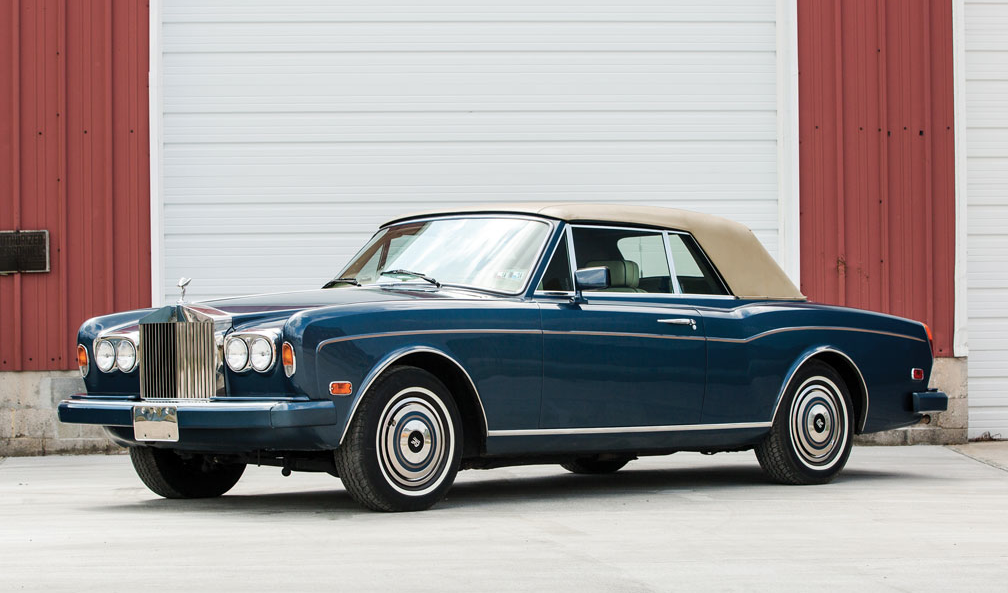
Rolls Gets Divorced
The 1998 Rolls-Royce Silver Seraph, powered by a BMW V12 and built for just four years, arrived at a time of major shakeup. Volkswagen outbid BMW to buy Rolls-Royce but then lost out on the trademark, which BMW picked up for a relative song. The two German carmakers agreed on a compromise custody arrangement: VW got Bentley, including the factory that built both Rolls and Bentley. That factory continued building the Rolls Silver Seraph under special license from BMW, which was still supplying the Seraph’s V12 engine and a V8 for its Bentley twin, the Arnage. When the dust settled, both great British marques continued on separate paths, with success for both.
Modern Rollers
BMW began the Rolls-Royce renaissance with the 2003 Phantom, which took design inspiration from the Silver Cloud. The Phantom spawned coupe and convertible offshoots. In 2017, Rolls introduced the all-new Phantom VIII and, more recently, a Series II update on that car.
Rolls introduced the “smaller” Ghost for 2010, also sharing BMW-based mechanicals, including a twin-turbo V12 engine. The Ghost-based Dawn was the convertible, while the Ghost-based Coupe was the Wraith. The second-generation Ghost, and all other Rolls models, are based on a “Architecture of Luxury” chassis but still use BMW-derived engines and other components.
Rolls-Royce introduced its first SUV, the Cullinan, in 2020, a vehicle that resembles a high-roof Ghost station wagon. Not surprisingly in this SUV-dominated auto market, the Cullinan is the marque’s top seller. In 2023, Rolls-Royce built 6,032 vehicles, a record for the marque. While Rolls sells its vehicles in 50 countries, North America remains its top market.
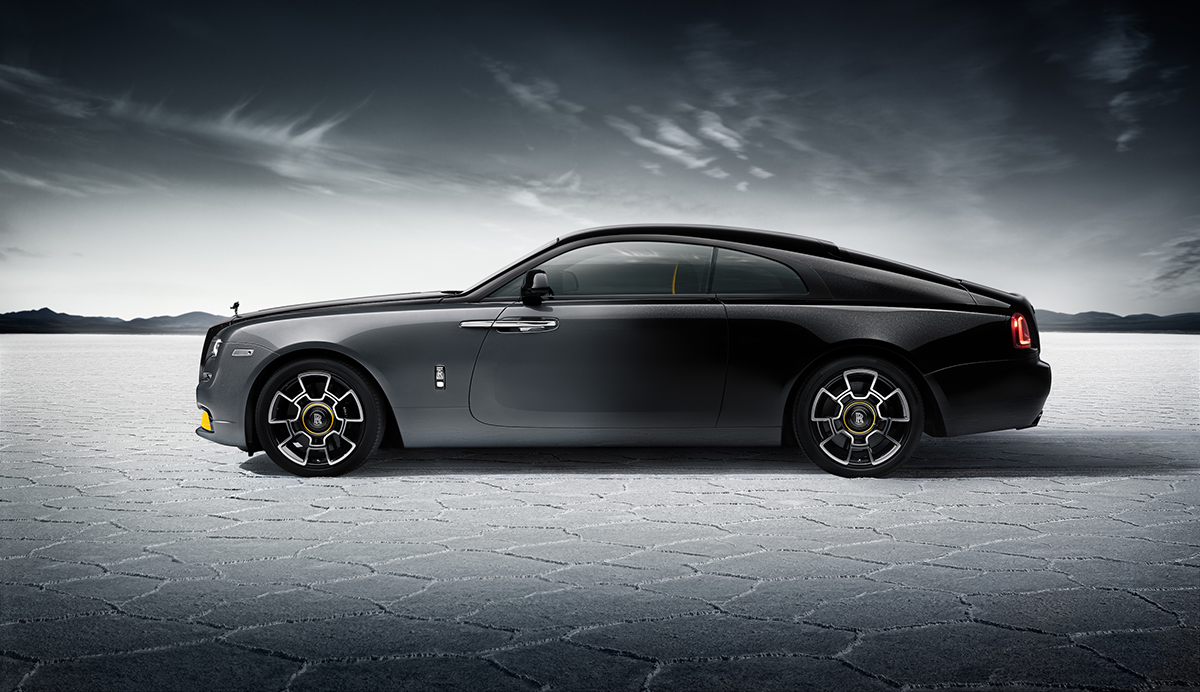
Leasing your Rolls-Royce with Premier Financial Services
Whether you want to experience the grandeur of a 1930s Rolls-Royce Phantom or one of the current models, your first call should be to Premier Financial Services for a Rolls-Royce Lease.
Premier has written hundreds of Rolls-Royce leases and has worked with franchised and independent Rolls-Royce dealers across the country. Our portfolio has included hundreds of great vintage and unique models, ranging from the 1942 Silver Ghost to 2020 Cullinan.
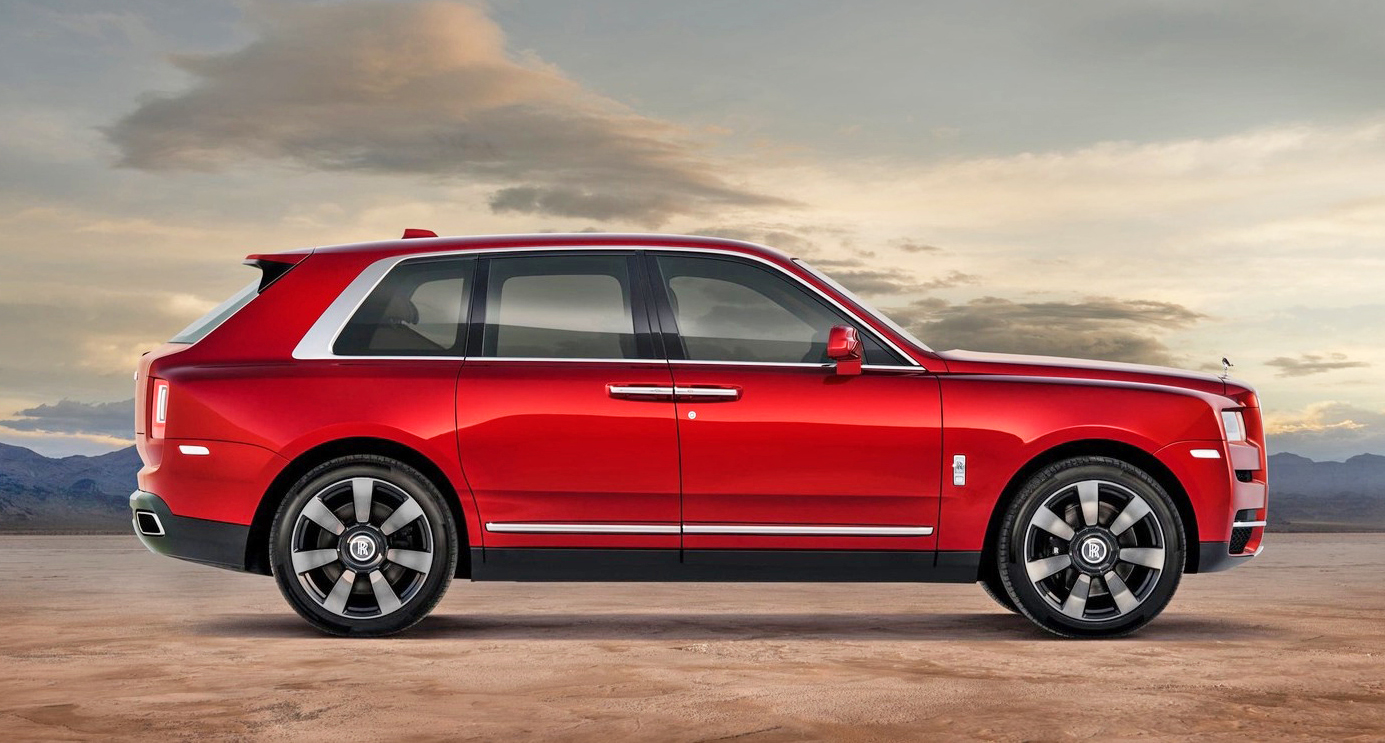
Premier Financial Services is not a licensed dealer and is not otherwise sponsored or endorsed by, or affiliated with Rolls-Royce Motor Cars Limited.
